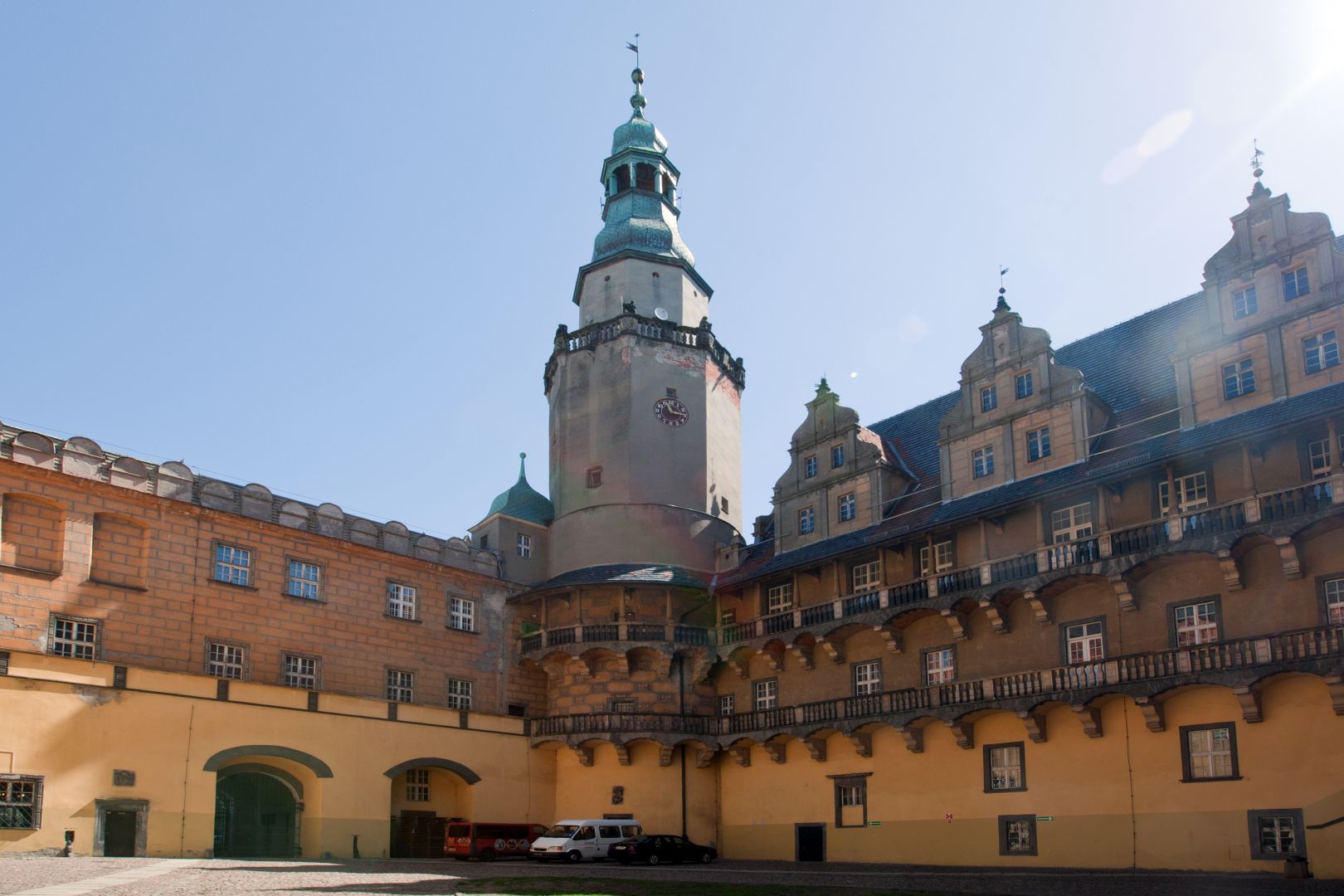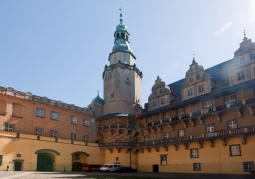No weather data
0.0 /5
Number of ratings: 0
Address: ul. Zamkowa 4 , 56-400 Oleśnica
One of the most valuable and impressive monument of Oleśnica, as well as one of the most remarkable castles in Lower Silesia. It was built in the fourteenth century and located in the southwestern part of the city fortifications. Earlier, before 1238, there was probably a prince's stronghold here, and in 1245 a castellany was established. Until 1492, the principality of Oleśnica belonged to the Silesian Piasts, and after the death of Konrad IX the White, the Castle passed in 1495 to the prince of Ziębice, Henry I, then Prince Jan, the sons of the Czech King Jerzy of Poděbrady. From 1647, the castle was managed by princely families from the von Wirttenberg-Weiltigen family, then von Braunschweig. In 1884, the Castle becomes the throne feud of the Prussian monarchy and the residence of the successor of the Prussian throne, and since 1926, after many negotiations - the private property of the von Hohenzollern family. The construction was probably started by Konrad I Olesnicki, but the period of splendor of the castle falls during the reign of the Czech king George of Poděbrady, who took possession of the Duchy of Olesnica after the expiry of the local Piast line. The first of the owners was Henry I the Elder of Podiebrad, and after his death his sons: Albrecht, Jerzy I and Karol I. The son of the last - Jan of Podiebrad, began the great reconstruction of the castle. In the first stage (from 1542) he expanded the west wing and the tower. He also built a quadrangular building for himself, four-storey with a gable roof. John's nephew - Karol II, gave the castle its present form. He built the eastern wing and the Renaissance completely, supported by cloisters, which give the courtyard an elegant character. Currently, the castle is open to the public, it is also a place to organize numerous special events and has accommodation facilities.
Komentarze
No results
Nearby places
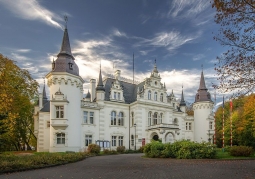
Palace of the Saurma family - Jelcz-Laskowice
Category: PalacesThe neoclassical palace dates from 1886 and was built on the site of an earlier less impressive building. The object was not destroyed during World Wars. After the last one - he was a boarding school, a branch of the...
19 km
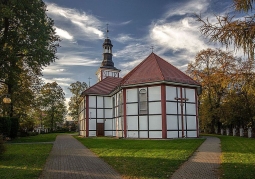
The church Stanisław Bishop and Martyr - Jelcz-Laskowice
Category: ChurchesA wooden church in Laskowice part of today's city of Jelcz Laskowice existed since 1300. During the Reformation, the temple passed into the hands of Evangelicals. During the Thirty Years' War, it burned down together...
19 km
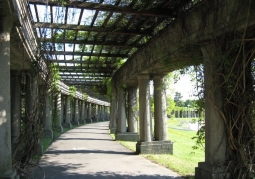
Szczytnicki Park - Wroclaw
Category: Parks, gardens, avenuesOne of the largest parks in Wrocław, founded in 1785 as a private garden in the Stare Szczytniki estate. It covers an area of about 100 hectares. A landscape park with large compositional and dendrological values...
24 km

The church John of Nepomuk - Szczytnicki Park - Wroclaw
Category: ChurchesThis wooden church dedicated to Saint. John of Nepomuk was probably founded at the turn of the 16th and 17th centuries. It was built by carpenters from Stary Koźle and initially stood in this town. In the eighteenth...
24 km
Phone
71 314 20 12
Nearby places

Palace of the Saurma family - Jelcz-Laskowice
Category: PalacesThe neoclassical palace dates from 1886 and was built on the site of an earlier less impressive building. The object was not destroyed during World Wars. After the last one - he was a boarding school, a branch of the...
19 km

The church Stanisław Bishop and Martyr - Jelcz-Laskowice
Category: ChurchesA wooden church in Laskowice part of today's city of Jelcz Laskowice existed since 1300. During the Reformation, the temple passed into the hands of Evangelicals. During the Thirty Years' War, it burned down together...
19 km

Szczytnicki Park - Wroclaw
Category: Parks, gardens, avenuesOne of the largest parks in Wrocław, founded in 1785 as a private garden in the Stare Szczytniki estate. It covers an area of about 100 hectares. A landscape park with large compositional and dendrological values...
24 km

The church John of Nepomuk - Szczytnicki Park - Wroclaw
Category: ChurchesThis wooden church dedicated to Saint. John of Nepomuk was probably founded at the turn of the 16th and 17th centuries. It was built by carpenters from Stary Koźle and initially stood in this town. In the eighteenth...
24 km
